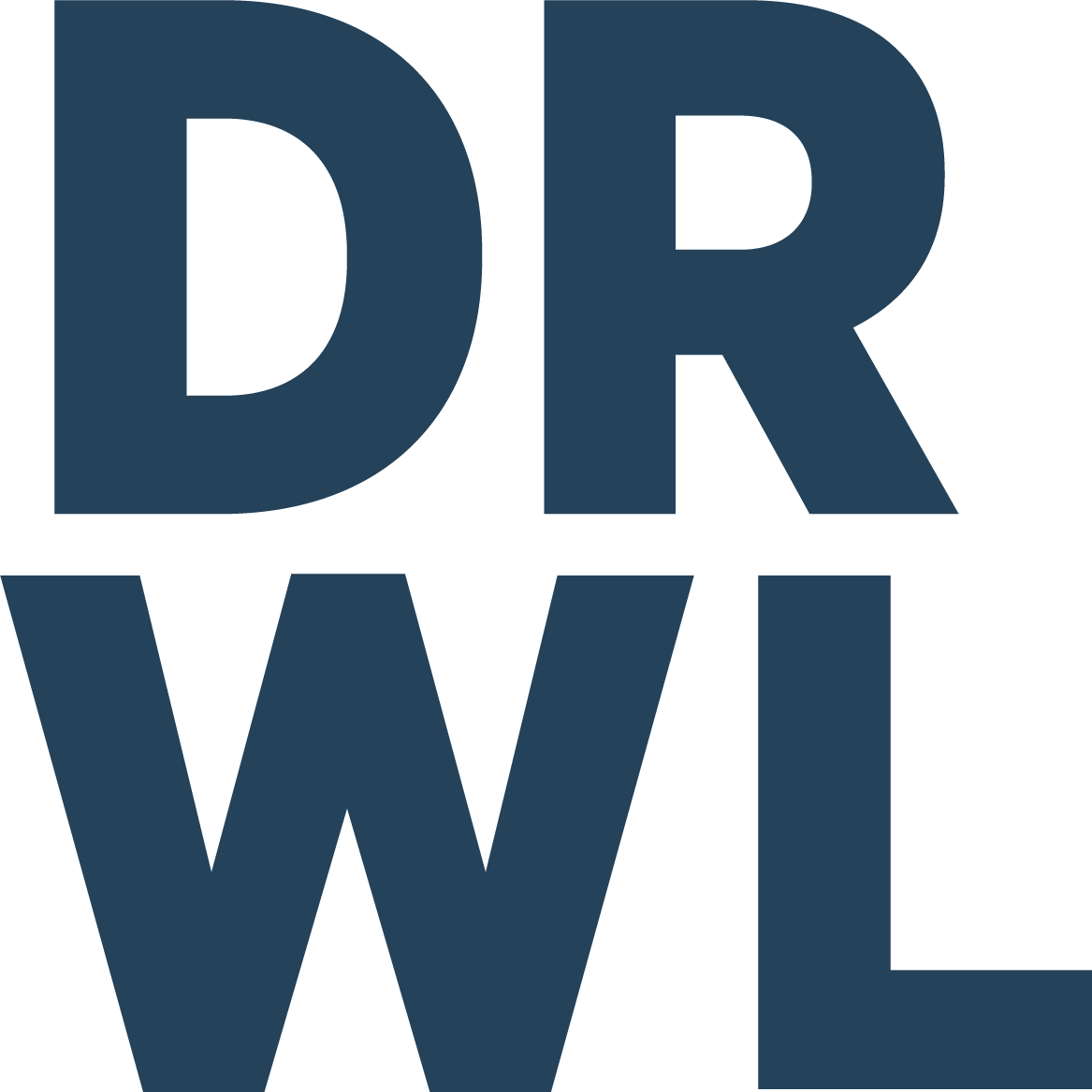What educators need to understand about autistic masking
Educators of neurodivergent students: above is a very insightful graphic from Hannah Belcher to help you better understand the cycle of autistic masking.
Autistic masking is when an individual on the autism spectrum either consciously or subconsciously hides the telltale signs they are autistic in order to appear more neurotypical and fit into their current surroundings--and it is more widespread than you might think. According to a recent online study, 70% of autistic adults participating reported that they consistently mask.
"I have been masking for as long as I can remember," wrote Vicki Swan in an article published in The Mighty. "I do it consciously as well as subconsciously. I have become a master of disguise, so much so I got to 35 before receiving my own diagnosis. Many friends still don’t know, many relatives too, including my own middle child."
Just like how no two neurodivergent individuals are the same, masking can present in different ways depending on the person. It can look like imitating facial expressions or how peers talk, dress, or play; using naturalized scripting methods; bottling up "stims;" or taking on the persona of other people to look and act "normal."
“I actually got told by a couple of my teachers that I needed to have ‘quiet hands,’” said Katherine Lawrence in a recent Spectrum News article. “So I had to resort to hiding my hands under the table and ensuring my foot-tapping and leg-jiggling remained out of sight as much as possible.”
Though masking can help students or employees better "fit in" in educational, social, or workplace settings, these gains often come at a heavy physical, emotional, and cognitive cost. As Kieran Rose of The Autistic Advocate explains it: "masking is effectively holding your breath; the regulation you need to occur, does not occur and eventually you either have to breathe or pass out."
Vicki presents a very real example of what masking can look like in an informal social situation:
"You are at a party, you are talking to a friend, there is music blaring, faces, some you don’t know are everywhere. In your mind you are telling yourself to focus on the conversation. Make eye contact, don’t wave your hands or flap, don’t say what you are thinking which is 'I want to run away.' Smile, laugh at a joke whether you understand it or not and constantly try to keep the conversation flowing while inside anxiety has its hands gripped tightly around your neck, your heart is racing and your mind is working at a thousand miles an hour.
Masking is not letting any of this show. Masking is maintaining that conversation. Masking is appearing as normal as the next person, whatever normal may be. The cost is exhaustion. The ultimate cost of masking is burnout. Burnout is different from tired. It is being so tired you can’t move, you can’t think, so tired you can sleep for days, so tired there is nothing left. Inside you feel completely empty; there is just a thick dead blackness. So tired and broken that death seems welcoming.
For me burnout was depression. Post-traumatic stress disorder. Anxiety. Self-harm. Suicide attempts. I can’t cope with what is considered “normal life.” I never have been able to."
One thing is clear: autistic masking is not just harmful--it is dangerous and detrimental to our students' mental and emotional health. Our job as educators is to create an inclusive and welcoming learning and social environment, to support our neurodivergent students inside of the lecture hall and on campus, and to accommodate their needs so that they can feel comfortable to #TakeTheMaskOff.
Enrollment of neurodivergent individuals at colleges and universities is projected to increase by at least 144% over the next few years. What professional development training have you implemented for your faculty and staff to learn how to respond to these students' unique needs and help ensure the success of a neurodivergent student who chooses to enroll in your school?

